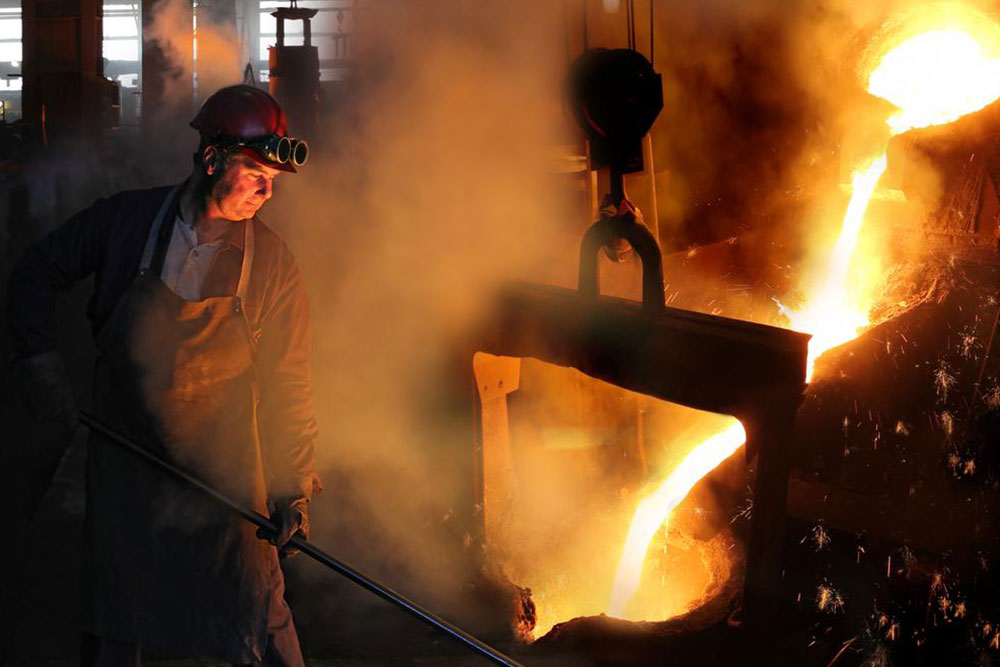Oil heating: From an element of science to a service
The now well-understood term of service has widened its horizons since the time commoners have begun understanding it’s value. Service has become synonymous to human life, without which imagining smooth flowing days will be close to impossible. Service has entered each and every phase of being, helping us lead a hassle-free existence.
There used to be a time when service was almost always attached to a commodity, wherein the service was given as an accompaniment to the product sold. Such kinds of services would aid customers when the product purchased would give any kind of problems in functioning. These kinds of services gave a guarantee of the longevity of the product using their expertise in service and quality control.

One of the many services that have seen the light of the day in the recent past is oil heating which is used as a method to provide heating inside one’s home.
Majority of American houses rely on one furnace where fuel is heated and the hot air, which comes as a result, is then circulated to all the rooms using pipes and ducts. The fuel in this case can be heating oil, wood, or even electricity. For generations, heating oil has been considered as a go to option when it comes to domestic heating.
Inside the furnace, the fuel, which is either gas or oil is amalgamated with air and then burnt.
Heating oil, which is also known as kerosene, is a liquid by-product obtained from the distillation of petroleum. This kind of fuel is used majorly for furnaces and boilers that is widely used to heat modern homes. In the earlier days of inception, this kind of fuel would just be known as home heating oil as it would be used to power stoves, lanterns, and other accessories in a household, which would in turn provide warmth to the room in which it is kept.
Heating oil, as much as it is a favored method of home heating, is not the best option when it comes to cost effectiveness. As per a government funded estimation project, the estimated rage of home heating bill for an entire season of winter would be around $2,171 which is comparatively high when assessed beside options like natural gas and electricity.
The higher costs involved might have slowed down the fame that the process garnered over the years; however, it’s reliability has allowed it to hold grounds despite changing economies and newer methods to heat one’s home.

